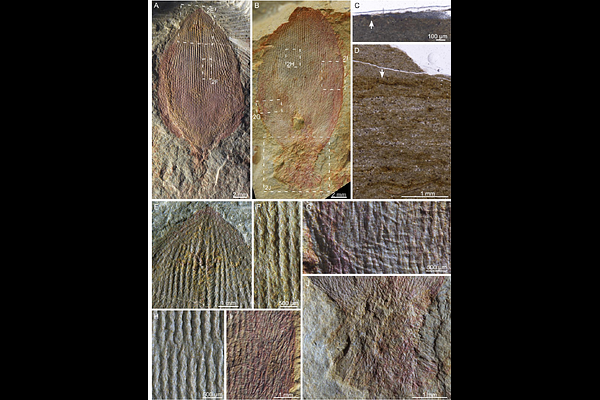Advanced adaptive strategies in an ancestral body plan: insights from a 510-Ma-old leptomitid sponge

Advanced adaptive strategies in an ancestral body plan: insights from a 510-Ma-old leptomitid sponge
Luo, C.; Hong, Y.; Sun, Z.; Sun, H.; Lim, S.-C.; Wang, T.; Zhang, L.; Zhao, F.
AbstractSponges have thrived in diverse environmental conditions since the early Cambrian till today. However, little is known about how their adaptive capability and strategies have been shaped throughout evolutionary history. Here, we explore this question based on a new leptomitid sponge fossil from the Cambrian Stage 4. The family Leptomitidae was an abundant sponge group inhabiting Cambrian soft substrates but significantly declined thereafter. The new species exhibits a sophisticated set of morphological characteristics adaptive to a shallow siliciclastic environment, which are unprecedented among leptomitids. These include (1) a robust body wall woven by spirally twisted monaxonic spicules; (2) a thick stub-like root tuft for anchoring; (3) spicules radiating out from the sponge body to prevent clogging and sinking; and (4) the inferred capability to close the osculum against unfavourable stimuli. Nevertheless, the new fossil species maintains a leptomitid body plan which lacks modularity and morphological plasticity, the two common and critical attributes in extant sponges to enhance flexibility and resilience in changing environmental conditions. This juxtaposition of evolutionary innovation and structural conservatism offers a compelling case for further exploration of the evolutionary mechanisms that shaped early sponge lineages.